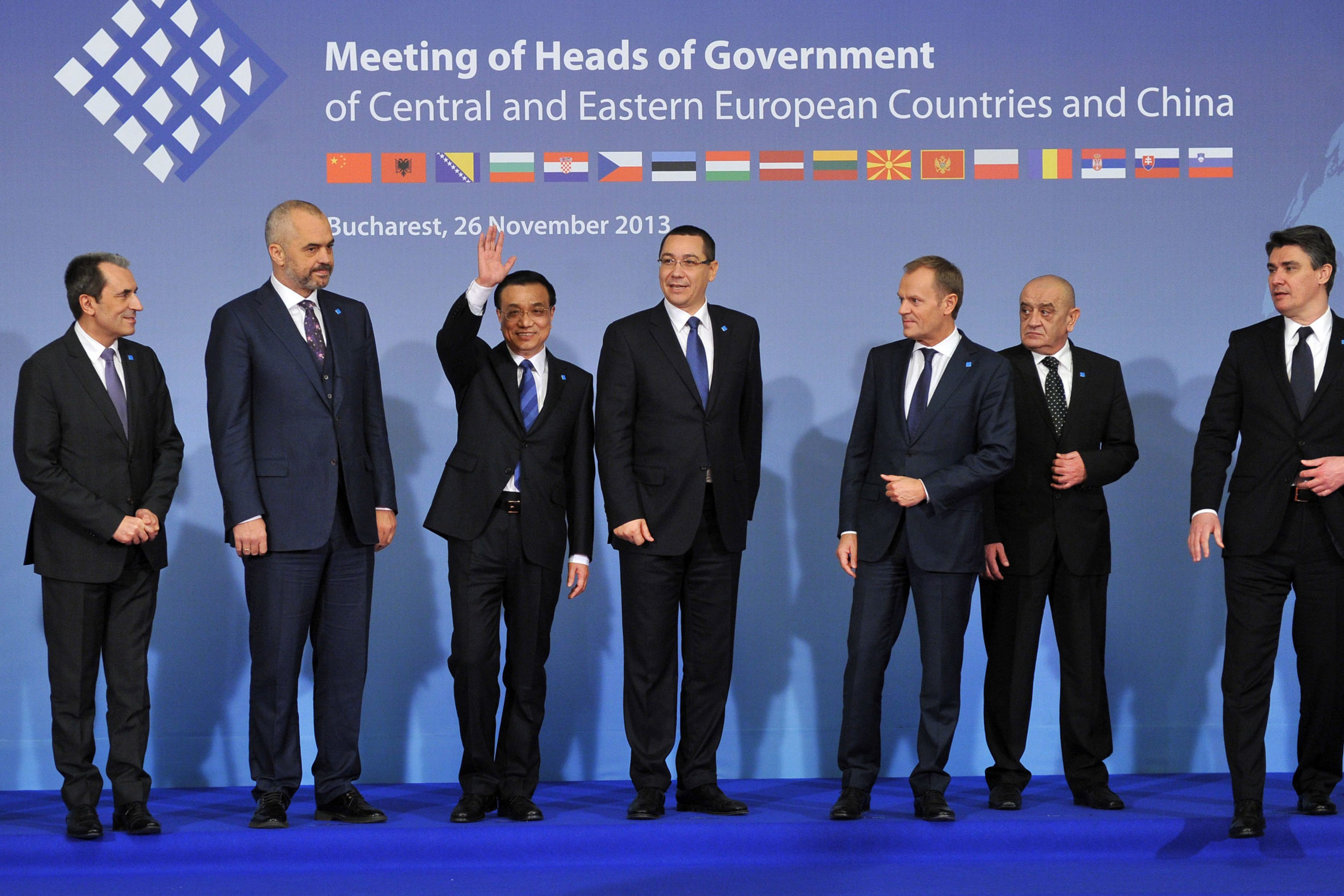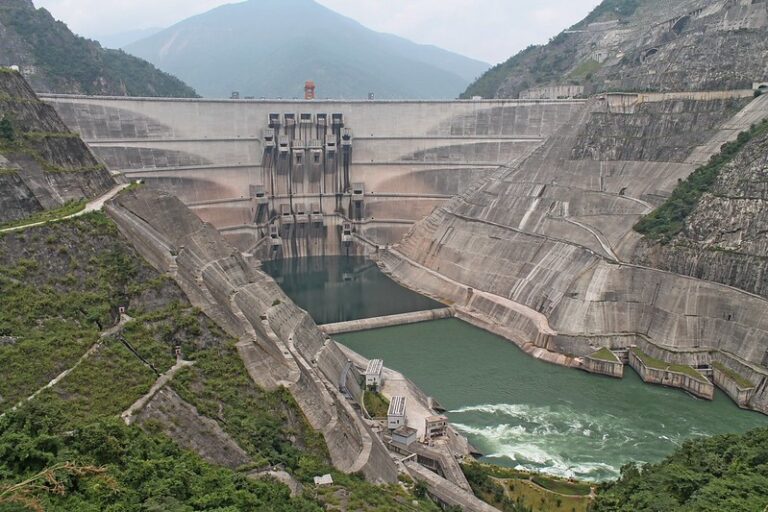Why a United Front of CEE Countries Against China is Not in the Cards

The February summit of the 17+1 initiative has been rightfully portrayed as a failure of Chinese attempts to revive the cooperation and raise its image through the inaugural presence of Xi Jinping. For the first time, no guidelines for next year were issued and the biggest number of countries participating ever declined to raise their representation to the highest (head of state) level, as it was expected due to Xi’s role as the host.
Concerning the current state of the initiative and China’s seemingly defensive tact of late, some have argued that the 17 countries should join together in order to cooperate and push for their interests against Beijing.
It is not the first time that the ‘cooperation concept’ is brought up in the academia and experts community to present Central and Eastern Europe (CEE) as ‘one organism’ capable of coordinating their policies. Yet, since 2012, there has been no shortage of failed attempts to cooperate at the diplomatic level in Beijing. CEE countries tried to engage with each other in order to, among other things, consult the summit guidelines before they were negotiated with the Chinese side.
However, these attempts were usually undermined through the continued persistence of Beijing. Typically, China would instrumentalize the promises of investment and trade deals with individual countries, as well as the awarding of the host role of 17+1 events. The high-level participation of Chinese officials at these events, oftentimes coupled with the announcement of specific projects, was crucial from the perspective of local governments as it bolstered prestige and political posture at home.
Original Sin of 17+1
Any kind of meaningful cooperation within 17+1 is hardly possible at this point owing to the ‘original sin’ of the initiative. It consists of an arbitrary list of participants, selected by China not according to shared interests and needs but based on mixed and controversial factors, both political and historical. China originally explained the establishment of the initiative and the composition of participants through two factors: the common political tradition of past relations in the communist era and the significance of the EU enlargement in 2004.
The enlargement brought Chinese attention to the CEE region as Beijing sought to enhance the relations with the region and diversify its position towards the EU, with several regional countries on the way towards integration. On the other hand, the lagging integration process has kept the initiative alive. Should the regional countries ever join the EU it would put the existence of the initiative into question.
In 2012 the composition of participants (limited to the member states and EU candidates) served as a useful excuse for excluding Belarus, Ukraine, and Moldova from the initiative, due to China’s concerns over Russia’s reaction. Two of the excluded nations were actually quite interested to join. In fact, Ukraine has made such a request several times but has been rebuffed by Beijing. Belarus finally achieved observer status at the summit in Riga in 2016.
The combination of factors made the format a grouping of states with different political, economic, and foreign policy motives — almost impossible to cooperate with each other in a shorter and longer perspective and build a common policy towards China. This was further complicated by the accession of Greece in 2019. At the same time, China used these differences in order to play the participating countries against each other, e. g. through offering the mantle of 17+1 leadership to several different partners.
In the end, the process of disintegration which started at the latest 17+1 summit can result in the downgrading of the initiative, especially with the possible exit of several countries from 17+1, starting with Lithuania. Under these circumstances, China will not dissolve the initiative but may start the preparations for another enlargement of the 17+1 with Belarus in mind, and certainly with the approval of Russia.
The Folly of Reaching a Consensus
The original sin of the initiative is at the root of other differences between the participants which makes the possibility of jointly pushing for the CEE interests vis-à-vis China hardly a viable idea.
The composition of political interests of different CEE countries precludes reaching a compromise on common goals towards China. Twelve out of the seventeen CEE countries are EU member states. The remaining five are candidates to become members of the EU in the near future but on many fronts, their policies are growing apart from the EU. For some states, transatlantic ties are paramount. Baltic states, Poland and Romania focus their security policies on threats from Russia and alliance with the US, both from a bilateral and a NATO perspective. Greece is a NATO member and one of the ‘old’ EU member states. However, it is more concerned with Turkey’s military and political posture in the Mediterranean than with China‘s acquiring stakes in critical infrastructure (which however recently might also be changing). At the same time, Hungary and Serbia are trying to diversify their foreign policies through cooperation with China and also Russia. The political differences and lack of consistency in the 17+1 go well beyond the memberships in international organizations.
Second, there also are many conflicting economic objectives coming into play. These concern not only the importance of cooperation with China for the growth of national economies but also different expectations in terms of the role of the Chinese companies and capital. Within the 17+1 there has been no substantial economic offer from China that would meet the original expectations of the CEE countries. In the Balkans, the engagement of China is widely reported but in reality, also limited compared to that of the EU. Balkan states like Montenegro or North Macedonia, however, perceive China’s money as more accessible than the EU funds or Western capital. Moreover, the CEE countries differ in how they perceive the security aspect of economic cooperation with China, most prominently in the telecom industry and development of 5G. Meanwhile, they all are also competing to attract Chinese investment in different sectors. The conclusion of CAI negotiations with China by the European Commission in December 2020 also remains a controversial issue within the CEE countries with no mutual consensus on the issue.
Third, the CEE countries are divided over defending norms and values against Chinese expansionist policies seeking reshaping of international order. Hungary, Serbia and individual politicians in Czechia and elsewhere have often defended Chinese domestic and foreign policies and shielded Beijing from criticism on human rights. Not all the CEE countries and participants of the 17+1 initiative decided to support the October 2020 UN statement on the situation in Xinjiang. Hungary declined to sign-up to the negative report on the Belt and Road Initiative by the European heads of missions in 2018 and recently blocked a common EU statement on Hong Kong. CEE is also not immune from popular European thinking on “strategic autonomy”, especially as it entails an anti-US perspective.
Finally, the CEE countries differ in terms of their domestic consensus on relations with China. Countries like Czechia, Slovakia, Croatia, to some extent Estonia, but even Poland have their political elites divided in the debate on the future of relations with China, as well as cooperation and investment priorities. The relations with China are also influenced by the changing political attitudes of societies and political apparatus in CEE countries, which seriously worsened during the pandemics. CEE states are divided over China internally and that influences the perspectives of policy coordination, even within relatively well-organized groups like the V4.
All these factors together make the vision of efficient cooperation of the CEE countries within 17+1 a nice-sounding but ultimately unrealistic proposal. On the contrary, the future of any real, substantial multilateral cooperation within the initiative is over as the semi-formal exit of Lithuania and restrained position of Estonia and Latvia show.
The EU member states should instead focus on coordinating within the EU, supporting the defensive EU policies and Transatlantic cooperation, all the while maintaining their bilateral relations with China. The EU should pay increased attention to the candidate countries’ policies towards Beijing, from receiving Chinese investment to vaccine diplomacy, and their impact. Montenegro’s China debt issue should serve as a warning sign on this front. Ultimately, Brussels needs to provide the countries on its doorstep with strengthened assistance to disincentivize potentially risky cooperation with China.
Written by
Marcin Przychodniak
Molos123Marcin Przychodniak is an Analyst at Asia-Pacific program at the Polish Institute of International Affairs (PISM), focusing on Chinese politics and a former diplomat in Beijing.


